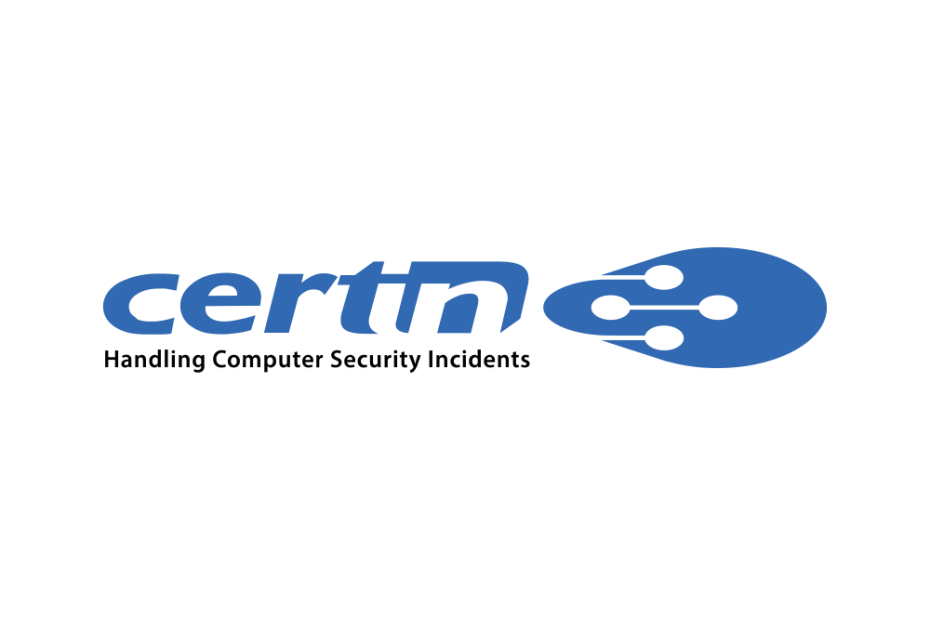Introduction:
In the pursuit of securing digital assets of businesses, CERT-IN (Computer Emergency Response Team – India) and third-party entities have emerged as pivotal components in the fight against cyber threats. This blog delves into the methodologies employed by CERT-IN and the role played by third-party organisations in fortifying cybersecurity.
CERT-IN Methodologies: A Closer Look
- Incident Management:
When a cybersecurity incident occurs, CERT-IN responds quickly to assess, mitigate, and recover from the incident. The process involves identifying and categorising the incident, collecting necessary data for analysis, and developing an incident response plan. It works in collaboration with the affected parties, providing guidance to reduce the harm and stop further incidents.
- Sharing of Threat Intelligence :
One of the most valuable assets of CERT-IN is its ability to gather and disseminate real-time threat intelligence. By analysing the cyber threat trends and emerging attack vectors, It equips organizations with the knowledge to proactively defend against potential cyber threats. The sharing of threat intelligence ensures that various entities stay updated on the latest cyber risks and can implement necessary security measures promptly.
- Vulnerability Handling:
It performs regular vulnerability assessments to find vulnerabilities in applications, systems, and networks. They work together with the relevant organisations and companies to develop mitigation strategies and patch the vulnerabilities after they have been identified.This preventive technique helps to reduce potential cyberattacks before attackers may exploit them.
- Capacity Building and Training:
It focuses on capacity building and training to enhance the cybersecurity capabilities of various organizations. They offer workshops, seminars, and training programs to educate professionals about best practices, incident handling, and the latest cybersecurity technologies. By empowering organizations with knowledge, CERT-IN ensures a collective effort to combat cyber threats effectively.
The Role of Third Parties in Cybersecurity
- Penetration testing:
Third-party cybersecurity companies are essential for assuring the safety of a company’s digital assets. They perform penetration testing, simulating actual cyberattacks, to find vulnerabilities in applications, networks, and systems. This procedure aids businesses in identifying their areas of vulnerability and implementing countermeasures before attackers may profit from them.
- Managed Security Services:
Many organizations, especially small and medium-sized enterprises, lack the resources to maintain an in-house cybersecurity team. Third-party managed security service providers (MSSPs) offer cost-effective solutions by providing round-the-clock monitoring, incident response, and threat detection services. MSSPs enable businesses to bolster their cybersecurity posture without bearing the burden of maintaining an internal security team.
- Managed Security Services:
Many businesses lack the resources and funding that is necessary for maintaining a cybersecurity team. Third-party managed security service providers (MSSPs) provide 24/7 monitoring, incident response, and threat detection services in order to provide cost-effective solutions.
- Third-party incident response teams may be enlisted to offer specialised knowledge and assistance in managing the fallout from an attack in the unfortunate event of a cyber incident. These professionals help businesses control incidents, determine their causes, and aid in the recovery process to reduce downtime and data loss.
Conclusion
Cybersecurity is a shared duty that necessitates teamwork in the threat landscape of today. The approaches of CERT-IN and those of other organisations work together to form a strong cybersecurity ecosystem. The national point of contact for cyber incidents in India is CERT-IN, however other parties also provide specialised services, resources, and knowledge. Organisations may strengthen their defences and proactively protect their digital assets against constantly changing cyber threats by comprehending the function and importance of both CERT-IN and third-party organisations.

